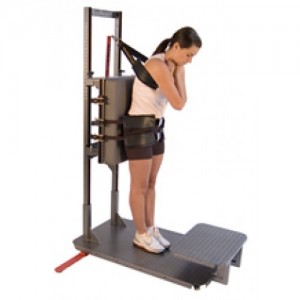A tailored exercise program vs. general exercise for LBP and movement control impairment.
Saner J et al. Manual Ther 20 (5) Sept, 2015
Conclusion: There was no difference between groups after treatment, at 6 months or 12 months. Both groups were much improved after one year. There was no added benefit of specific exercise which targeted movement control impairment.
Comment: It is fairly consistent that RCTs comparing specific exercise vs. general exercise (resistance and endurance training) appear matched in overall effectiveness. Many clinics use treadmills, Thera-bands etc. and give every patient a similar program without particular emphasis on “motor control” or motion impairments (for NSLBP). A graded general-fitness rehab protocol improves results, compliance and patient satisfaction vs. passive procedures alone in my experience. My personal experience also suggests the Stabilizer (TrA/multifidus control strate gies) and movement-impairment protocols are effective in many cases where general exercise fails.
gies) and movement-impairment protocols are effective in many cases where general exercise fails.
However the premise of the ATM2 was to give a clinic the ability to do very intense and specific exercise inherently tailored to the individual…but without any specific reference or excessive “testing” excepting “is your movement now pain free?” For those who are interested in exercise rehab and have never experienced the ATM2 I strongly urge you to look into it as an effective rehab solution for those patients who have tried a general-fitness program but failed to improve their Movement disorder issues.
